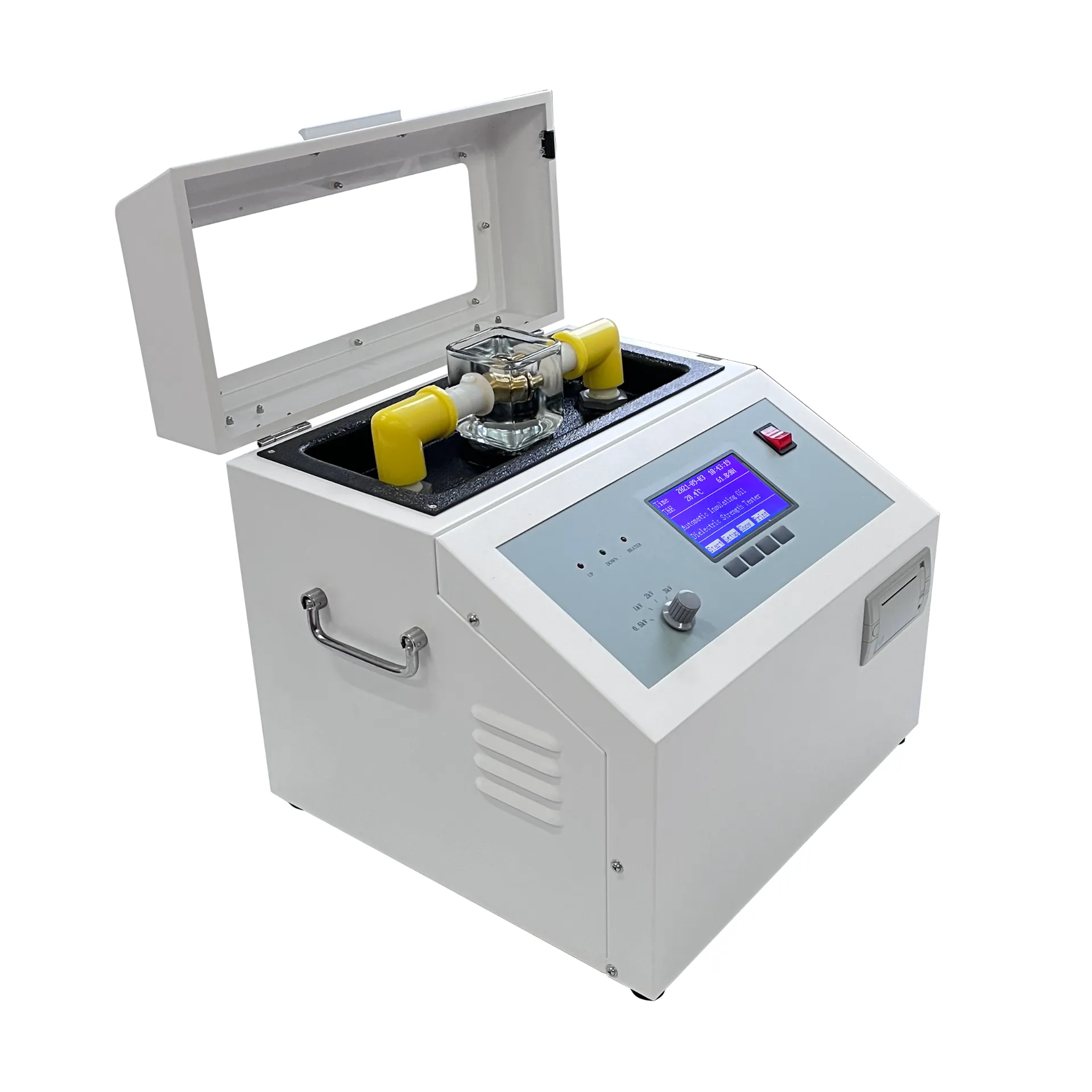 English
English



-
 Afrikaans
Afrikaans -
 Albanian
Albanian -
 Amharic
Amharic -
 Arabic
Arabic -
 Armenian
Armenian -
 Azerbaijani
Azerbaijani -
 Basque
Basque -
 Belarusian
Belarusian -
 Bengali
Bengali -
 Bosnian
Bosnian -
 Bulgarian
Bulgarian -
 Catalan
Catalan -
 Cebuano
Cebuano -
 China
China -
 China (Taiwan)
China (Taiwan) -
 Corsican
Corsican -
 Croatian
Croatian -
 Czech
Czech -
 Danish
Danish -
 Dutch
Dutch -
 English
English -
 Esperanto
Esperanto -
 Estonian
Estonian -
 Finnish
Finnish -
 French
French -
 Frisian
Frisian -
 Galician
Galician -
 Georgian
Georgian -
 German
German -
 Greek
Greek -
 Gujarati
Gujarati -
 Haitian Creole
Haitian Creole -
 hausa
hausa -
 hawaiian
hawaiian -
 Hebrew
Hebrew -
 Hindi
Hindi -
 Miao
Miao -
 Hungarian
Hungarian -
 Icelandic
Icelandic -
 igbo
igbo -
 Indonesian
Indonesian -
 irish
irish -
 Italian
Italian -
 Japanese
Japanese -
 Javanese
Javanese -
 Kannada
Kannada -
 kazakh
kazakh -
 Khmer
Khmer -
 Rwandese
Rwandese -
 Korean
Korean -
 Kurdish
Kurdish -
 Kyrgyz
Kyrgyz -
 Lao
Lao -
 Latin
Latin -
 Latvian
Latvian -
 Lithuanian
Lithuanian -
 Luxembourgish
Luxembourgish -
 Macedonian
Macedonian -
 Malgashi
Malgashi -
 Malay
Malay -
 Malayalam
Malayalam -
 Maltese
Maltese -
 Maori
Maori -
 Marathi
Marathi -
 Mongolian
Mongolian -
 Myanmar
Myanmar -
 Nepali
Nepali -
 Norwegian
Norwegian -
 Norwegian
Norwegian -
 Occitan
Occitan -
 Pashto
Pashto -
 Persian
Persian -
 Polish
Polish -
 Portuguese
Portuguese -
 Punjabi
Punjabi -
 Romanian
Romanian -
 Russian
Russian -
 Samoan
Samoan -
 Scottish Gaelic
Scottish Gaelic -
 Serbian
Serbian -
 Sesotho
Sesotho -
 Shona
Shona -
 Sindhi
Sindhi -
 Sinhala
Sinhala -
 Slovak
Slovak -
 Slovenian
Slovenian -
 Somali
Somali -
 Spanish
Spanish -
 Sundanese
Sundanese -
 Swahili
Swahili -
 Swedish
Swedish -
 Tagalog
Tagalog -
 Tajik
Tajik -
 Tamil
Tamil -
 Tatar
Tatar -
 Telugu
Telugu -
 Thai
Thai -
 Turkish
Turkish -
 Turkmen
Turkmen -
 Ukrainian
Ukrainian -
 Urdu
Urdu -
 Uighur
Uighur -
 Uzbek
Uzbek -
 Vietnamese
Vietnamese -
 Welsh
Welsh -
 Bantu
Bantu -
 Yiddish
Yiddish -
 Yoruba
Yoruba -
 Zulu
Zulu
Testing the Voltage Ratio in Transformers for Performance Evaluation and Quality Assurance
Transformer Voltage Ratio Test An Overview
The transformer voltage ratio test is a crucial procedure used in the electrical engineering field to assess the operational integrity and efficiency of transformers. This test aims to verify the turns ratio between the primary and secondary windings of a transformer. Understanding this ratio is vital, as it directly influences how well the transformer can perform its function of voltage transformation.
Understanding Transformer Turns Ratio
A transformer operates on the principle of electromagnetic induction, where an alternating current in one winding induces a voltage in another winding. The turns ratio, defined as the number of turns in the primary winding (N1) to the number of turns in the secondary winding (N2), plays a significant role in determining the output voltage. The relationship can be expressed with the formula
\[ V_1 / V_2 = N_1 / N_2 \]
where \( V_1 \) and \( V_2 \) are the primary and secondary voltages, respectively. A proper turns ratio ensures that the transformer operates efficiently and outputs the desired voltage level without significant losses.
Importance of the Voltage Ratio Test
Conducting a voltage ratio test is essential for several reasons
1. Validation of Design Specifications The test verifies if the transformer has been constructed according to its design specifications. Any deviations in the voltage ratio could indicate manufacturing defects or design flaws.
2. Quality Assurance For manufacturers, performing this test serves as a quality assurance mechanism. It ensures that transformers meet industry standards and are safe for use in the field.
3. Condition Monitoring For existing installations, the voltage ratio test is a valuable diagnostic tool. It helps identify potential issues such as winding short circuits, turn-to-turn faults, or insulation failure, which could lead to transformer failure if left unaddressed.
transformer voltage ratio test

The Testing Procedure
The voltage ratio test typically follows a systematic procedure
1. Preparation Ensure the transformer is disconnected from all power sources and properly grounded to prevent electrical hazards during the testing process.
2. Equipment Setup Use a transformer turns ratio tester, which applies a known voltage to one winding while measuring the resulting voltage in the other winding. This instrument is specifically designed to handle the high voltages and provide accurate ratio measurements.
3. Testing Execution The tester applies a low-voltage signal to the primary winding and records the output voltage from the secondary winding. The turns ratio can then be calculated by comparing the applied and measured voltages.
4. Data Analysis The recorded data is analyzed to determine if the voltage ratio falls within acceptable limits defined by the manufacturer’s specifications.
5. Documentation Finally, documenting the results is essential for maintenance records and future reference, especially concerning the transformer’s operational history.
Conclusion
The transformer voltage ratio test is a fundamental procedure in ensuring the reliability and efficiency of electrical transformers. By adhering to testing protocols, engineers and technicians can prevent failures, extend the lifespan of equipment, and maintain grid stability. As electrical systems continue to evolve and modernize, the importance of such testing will only increase, emphasizing the necessity of thorough and accurate assessments in the field of power engineering.
-
Ensuring Transformer Reliability with High-Precision Turns Ratio TestingNewsJul.18,2025
-
Ensuring SF₆ Gas Safety: Introducing PUSH’s Integrated SF₆ Analyzer for Dew Point, Purity, and Decomposition MonitoringNewsJul.10,2025
-
Exploring the Main Types of Industrial Endoscopes and Their Applications Across IndustriesNewsJul.04,2025
-
Testing Equipment Industry Sees Major Advancements in 2025: Smart & Precision Technologies Lead the WayNewsJun.06,2025
-
Applications of Direct Current Generators in Renewable Energy SystemsNewsJun.05,2025
-
Hipot Tester Calibration and Accuracy GuidelinesNewsJun.05,2025



